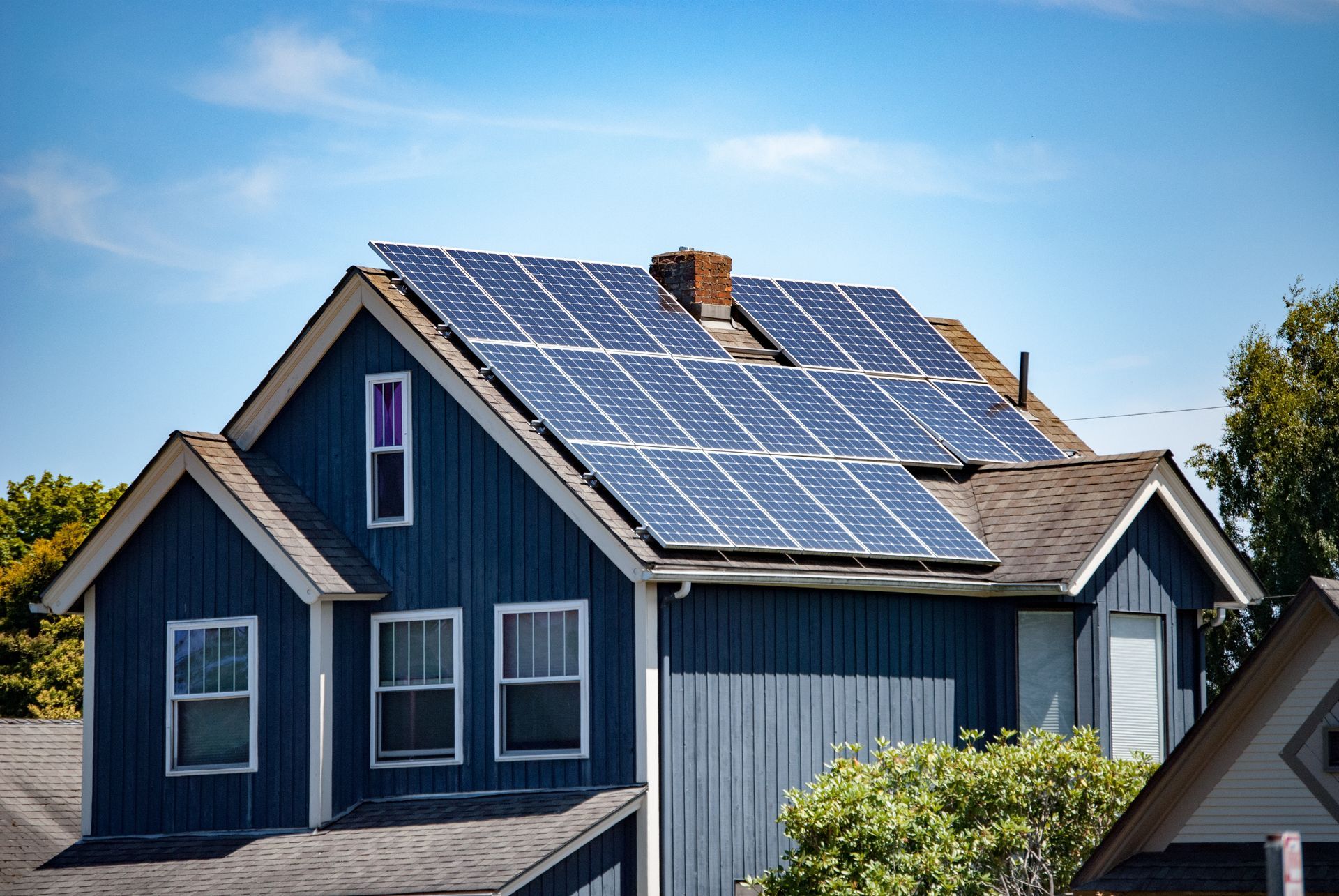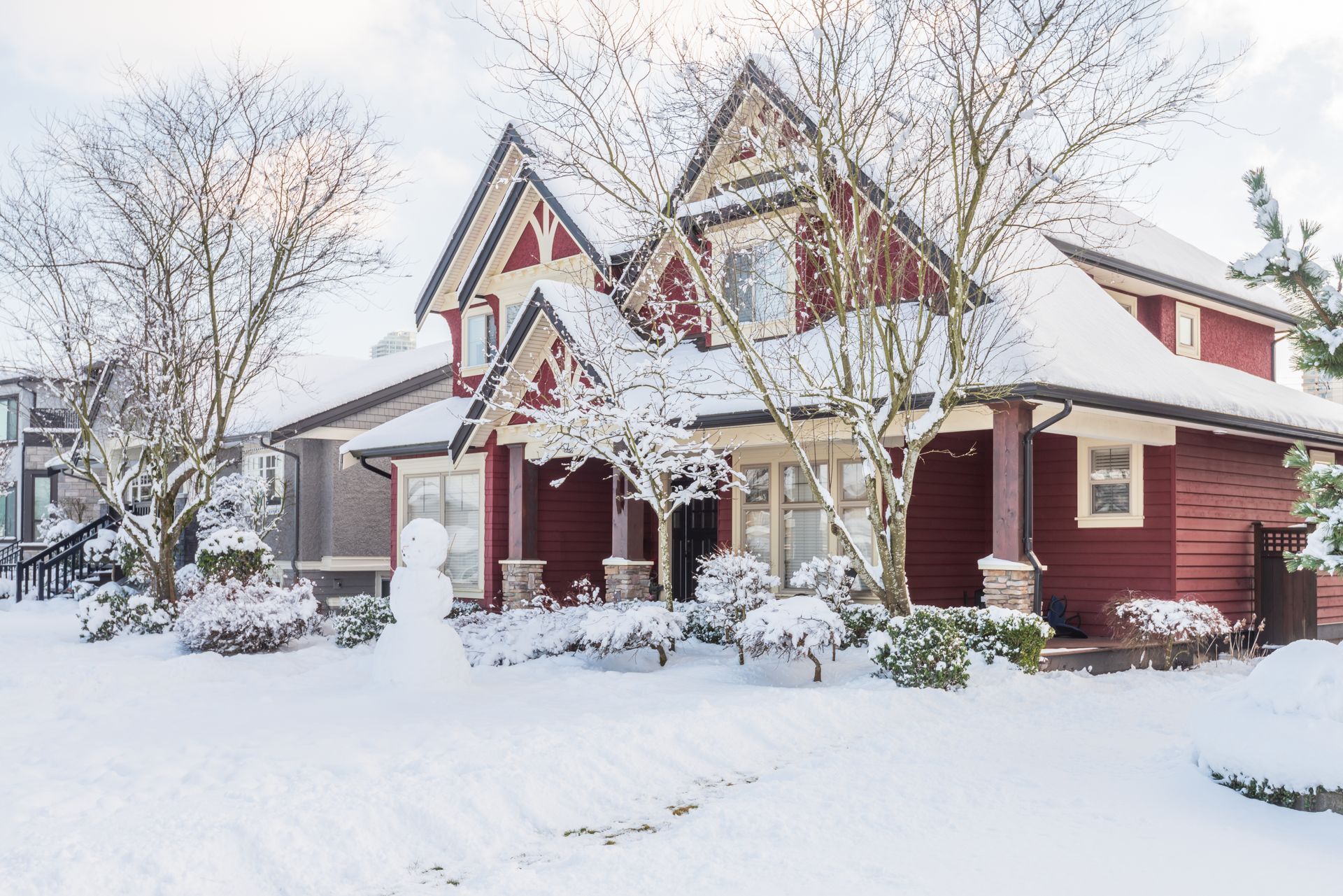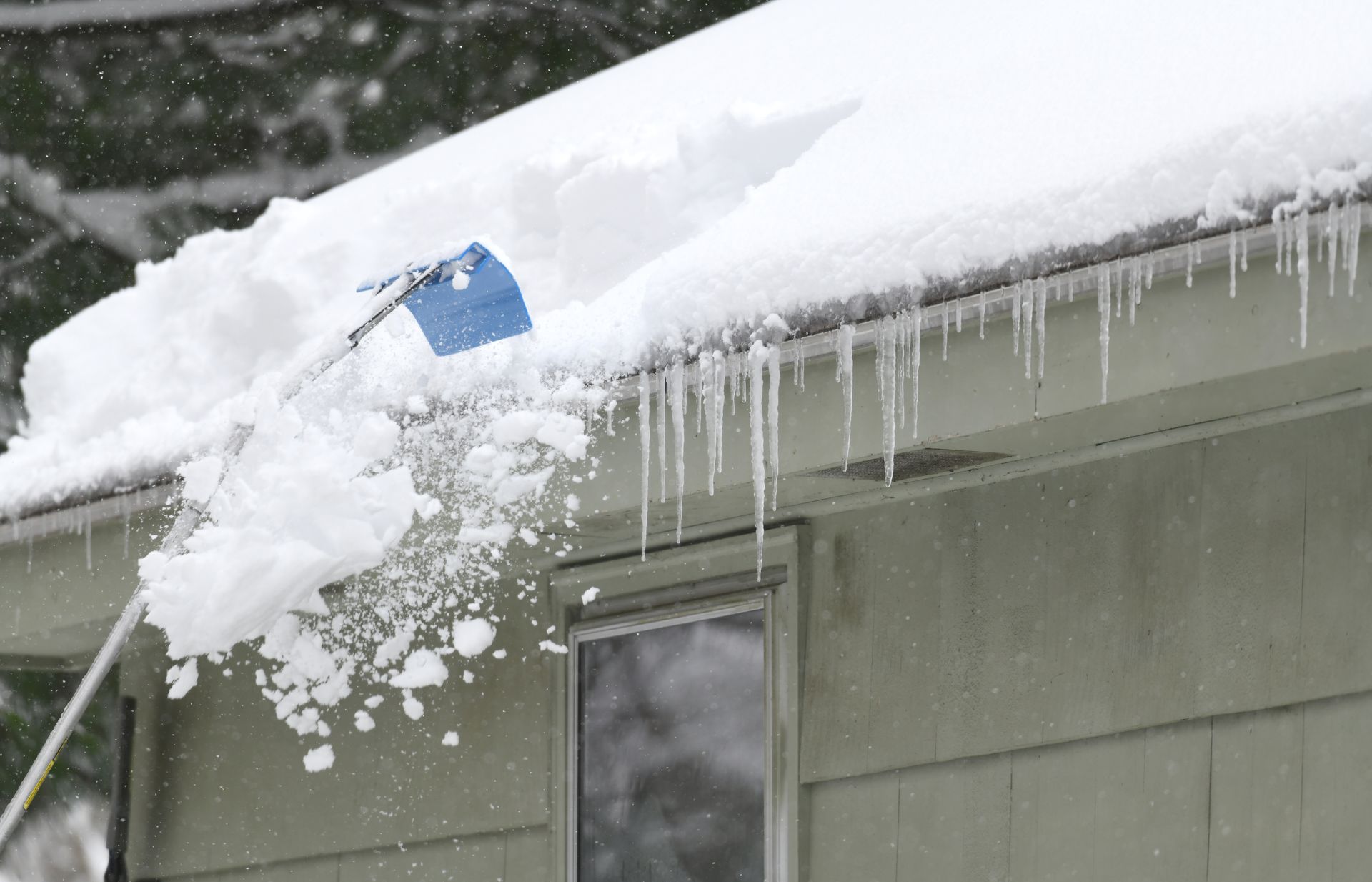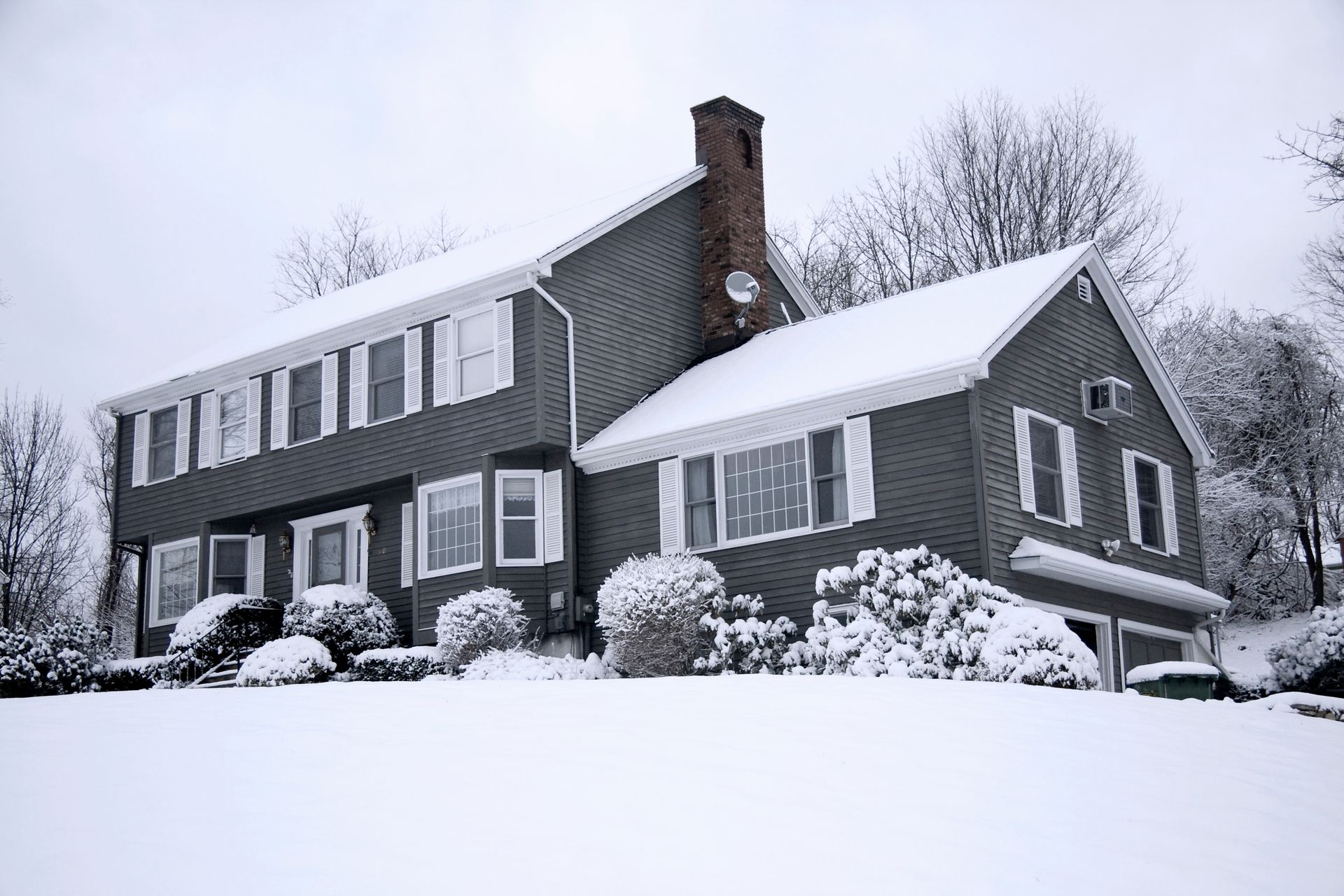How to Tell If Your Gutters Were Installed the Wrong Way
The majority of homeowners lack what you may term expertise when it comes to installing gutters. An expert, competent installer is essential for performing gutter and downspout installation correctly.
You want to know if your gutter system is installed improperly so that you may take action before any expensive harm occurs.
This article provides simple methods to determine whether your gutters were fitted properly as a result.
There Are Insufficient Downspouts
You may have a problem with the number of downspouts that your gutter installer chooses to include in your gutter system if you observe water pooling or gutter overflow during periods of heavy rain.
A downspout is a path that safely transports water from your gutters to the ground. Water cannot effectively reach the ground if there are not enough downspouts.
As a general guideline, downspouts should be installed every 30 to 40 feet, but other factors come into play when determining how many downspouts a home needs.
The metric for the number of downspouts that a gutter system needs to operate effectively would rise as a result of increased roof area, steeper roof slopes, small gutters, and a wetter environment.
Your Gutters Are Positioned on Top of the Drip Edge of Your Roof
In order to prevent water from getting to your home’s fascia, a skilled installation understands to arrange gutters beneath the drip edge of a roof. Your gutter system is secured to the structure by the wood fascia.
Your roof’s drip edge should direct rainwater into the gutter when it falls from the roof. So that no water can penetrate beneath the gutter, gutters should always be installed behind or “under” the drip edge.
Your Gutters Are Inadequate
You will also notice water pooling and overflowing if your installer selected gutters that are too small for your home. Larger gutters can support more water flow.
Experts can determine the size of gutters your home needs based on technical information like roof pitch and surface area.
Your Gutter Pitch Is Incorrect
Even more crucial than the gutter size is the gutter’s pitch. Your gutters’ hanging angle, or pitch, determines how well water drains from them. When the pitch is too shallow, water stands still and pools.
Rainwater flows excessively quickly when the roof pitch is too steep, which leads to an overflow problem. Both are less than perfect, but experts with specialized training know how to choose the gutters’ ideal pitch.
The Seams Are Excessive
Where two portions of a gutter system connect, there are gutter seams. They are the most susceptible areas to potential leaks and sagging.
Gutter systems had several seams until the 1960s. There were more weak spots along the length of the gutter system since there were more seams.
There’s Improper Spacing of Gutter Hangers
Installers suspend gutters by utilizing hangers. These hangers must be spaced apart to attach the gutters to the building properly.
The gutters can sag after a lot of rain or snow and even pull away from the roof if the hangers are spaced too widely apart. Additionally, water may pool.
Conclusion
The gutter system is one of your home’s exterior’s most important components. This is why if you notice any of these problems with your gutters, you must have them repaired immediately to prevent further harm to your house.
If you need a professional
gutter contractor near you, Roof Pros is your best choice. We are experts at installing and repairing roofs. We also install .032 gauge 5” k-style seamless gutters and vinyl siding.
Call now to get free estimates on all our residential and commercial projects!








